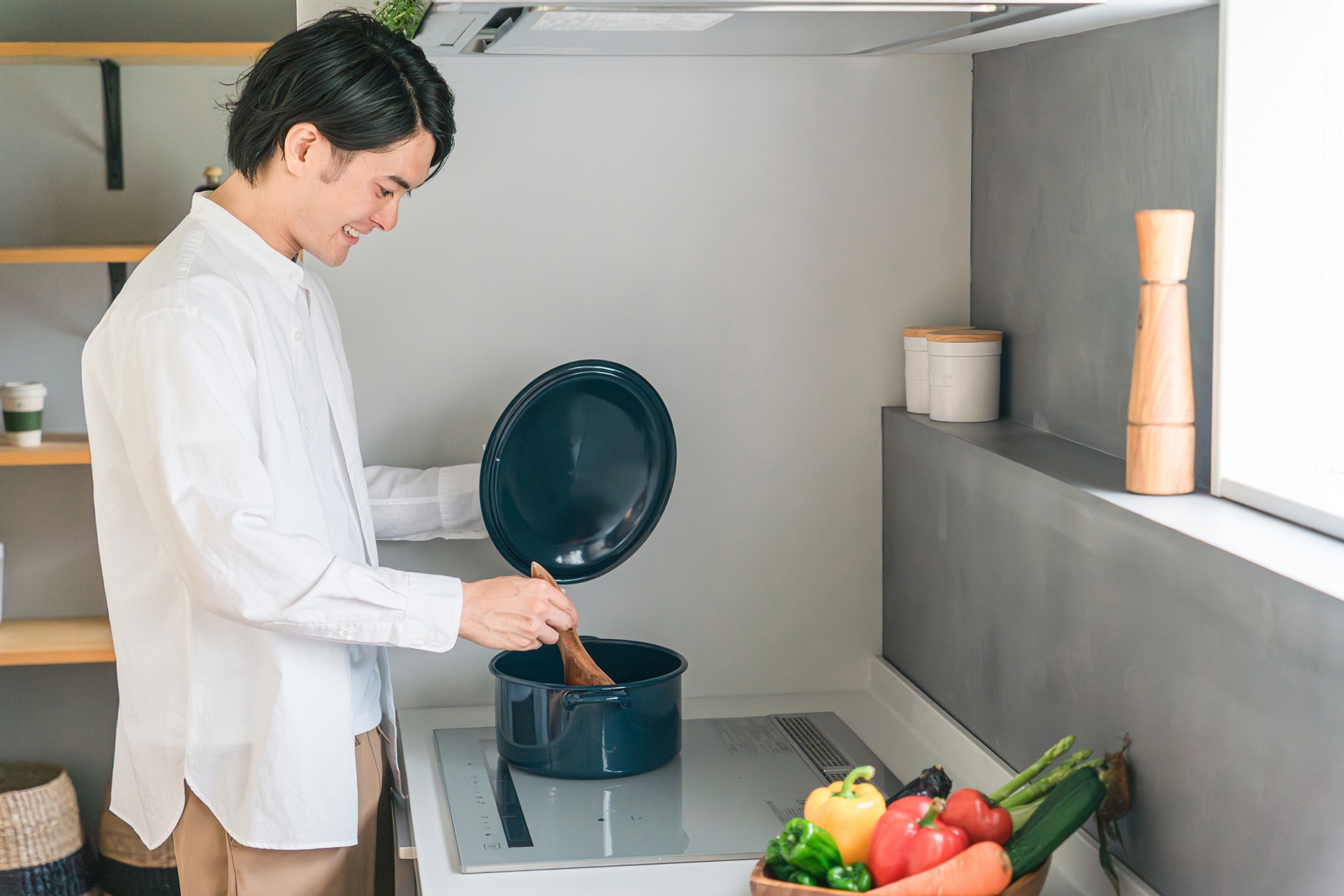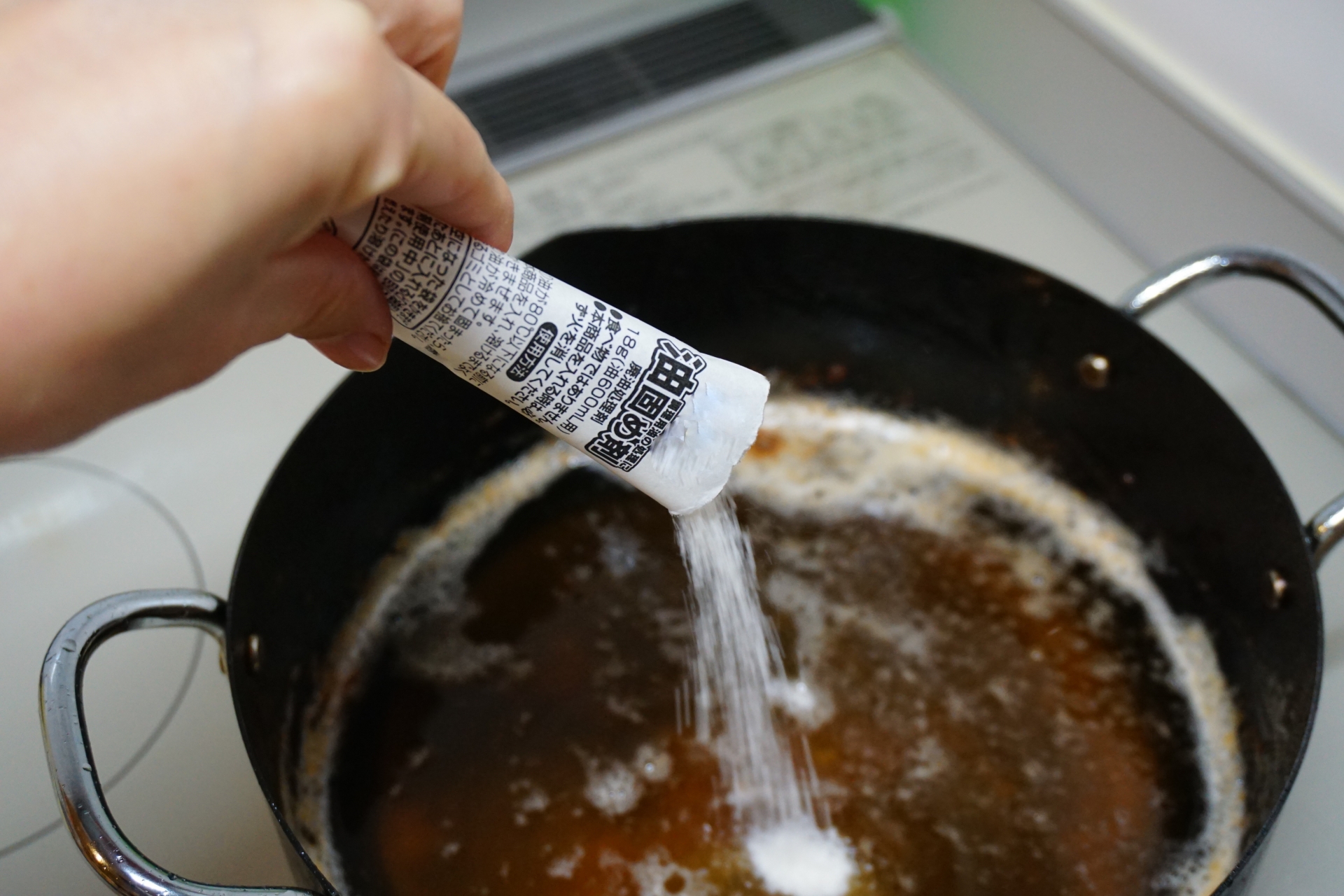
In Japanese homes, kitchens are often equipped with an integrated design called a “system kitchen.” However, for many newcomers, some features may seem unusual or inadequate. This article dives into the distinct features of Japanese kitchens and offers practical tips for efficient use.
Key Features of Japanese Kitchens
Most Japanese kitchens are designed as compact system kitchens with several integrated components, including:
- Sink
- Counter space
- Stovetop
- Fish grill
- Storage cabinets
For family-sized apartments, a built-in dishwasher may also be included. One unique feature is the fish grill, commonly found in Japanese kitchens, while conventional ovens—typical in Western kitchens—are rare.
Things to Keep in Mind When Using a Japanese Kitchen
Understanding the differences between Japanese and Western kitchens can help you use the space comfortably. Here are some important considerations:
Ventilation
In Western kitchens, natural ventilation may be sufficient due to larger spaces and windows. Japanese kitchens, being more compact, rely heavily on exhaust fans—especially when using the fish grill, which can produce strong odors. Always remember to turn on the exhaust fan when grilling.
Electrical Capacity
In countries like the U.S. and parts of Europe, electrical capacity is generally higher, allowing multiple appliances to run simultaneously without issues. However, Japanese homes often have lower electrical limits. Running high-powered appliances (e.g., a microwave and hairdryer) at once may trip the breaker, so it’s essential to manage usage carefully.
Sink Maintenance
Compared to larger Western kitchens, Japanese kitchens have compact sinks and drainage, making regular cleaning necessary to prevent blockages and maintain hygiene. Japan’s high humidity can lead to mold and slime buildup, so frequent cleaning, especially around the sink, is crucial to keep the area sanitary.
Pouring oil down the sink can clog drains and lead to bacteria growth, causing unpleasant odors. To keep the kitchen clean, wipe up oil before washing dishes, or use solidifying agents for larger amounts.
▼For large amounts of oil, such as from frying, use an oil solidifier.
Storage
Western kitchens often have spacious pantries and walk-in storage, while Japanese kitchens maximize efficiency with features like wall cabinets and pull-out drawers. Making the most of limited space is essential, with a focus on arranging items within easy reach.
Optimize Workflow
A key workflow triangle—stovetop, sink, and refrigerator—keeps your work area compact and reduces unnecessary movement. Placing essential tools close to these areas allows for a smoother cooking process. For instance, keep cutting boards near the prep area and cooking utensils near the stove.
Maximize Workspace
In smaller kitchens, using sink covers or sliding racks can expand your workspace. These items are easily found at home goods stores and can make food prep more efficient.
Organize Storage
Efficient storage can make the most of your kitchen space. Here are some simple ideas:
Wall Cabinets:
Utilize high storage for infrequently used items.
Under-Sink Storage:
Use organizers to make the most of under-sink space.
Drawer Dividers:
Keep utensils and tools neatly arranged with drawer dividers.
Wall Storage:
Magnetic hooks and racks allow you to hang items, freeing up counter and drawer space.
Maintain a Clean-Up Routine
Cleaning up immediately after cooking keeps the kitchen ready for the next meal. A habit of washing and storing items right away keeps your workspace clear and organized.
Use Multifunctional Appliances
Many Japanese appliances are designed for multiple uses, saving space and adding convenience. For example, multifunctional microwaves with grill and bake options can replace traditional ovens. Likewise, the fish grill can be used for much more than just fish, offering options like toast and other grilled dishes.
Conclusion
For newcomers, getting accustomed to the unique features of a Japanese kitchen can enhance daily life in Japan. By understanding the differences between Japanese and Western kitchen designs, you’ll be better prepared to maximize the efficiency of a Japanese kitchen and make it a convenient and enjoyable space to cook in.



